Charles Wellington Furlong Lt. Colonel M.I.R.C.
Famous adventurer, world traveller, author, artist, photographer of
Americana and of the West
BIOGRAPHY
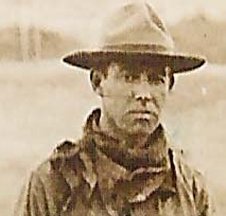 Charles
Wellington Furlong was the first American and the second white man
to explore the interior of Tierra del Fuego. In 1907-08, when Furlong made
his first expedition in Patagonia and Tierra del Fuego, he lived among
the primitive tribes of Onas and Yahgans, the southernmost people of the
world. These tribes have long since disintegrated and the Indians are now
almost extinct; but Furlong observed much of their way of life, and in
this collection he has left a record that can be found nowhere else. Material
here about the Fuegian tribes includes phonograph records of speech and
song, dermatoglyphs (handprints and footprints), notes, published works,
correspondence, and hundreds of photographs, including negatives and lantern
slides, which describe in detail the Indians and their society. The artifacts
he collected can be found in many American museums. Charles
Wellington Furlong was the first American and the second white man
to explore the interior of Tierra del Fuego. In 1907-08, when Furlong made
his first expedition in Patagonia and Tierra del Fuego, he lived among
the primitive tribes of Onas and Yahgans, the southernmost people of the
world. These tribes have long since disintegrated and the Indians are now
almost extinct; but Furlong observed much of their way of life, and in
this collection he has left a record that can be found nowhere else. Material
here about the Fuegian tribes includes phonograph records of speech and
song, dermatoglyphs (handprints and footprints), notes, published works,
correspondence, and hundreds of photographs, including negatives and lantern
slides, which describe in detail the Indians and their society. The artifacts
he collected can be found in many American museums.
The books that were an important part of Furlong's collection are now
to be found both in the Stefansson Collection and the general collection
of the college. Noteworthy are Thomas Bridges's Yamana-English Dictionary,
a proof copy of E. Lucas Bridges's Uttermost Part of the Earth, and an
almost complete collection of the South American Missionary Magazine. From
the latter, Furlong extracted a thousand cards of notes, which are arranged
by subject and are included here.
Furlong returned to South America several times, and this collection
includes material about the Tehuelches of Patagonia, hunting treasure in
Bolivia, the penal colony in French Guiana, and expeditions in Surinam
and Venezuela, as well as photographs and notes from his travels in other
South American countries. There are also a few photographs and papers from
his explorations in Africa, which he first visited in 1904, and the Near
East, where in 1954 he was honored by the Turkish government for long service
in that area.
In addition to being an explorer and anthropologist, Furlong was a painter,
teacher, writer, lecturer, and soldier. Although most of the papers relating
to his personal life and writing are held by the University of Oregon,
and most of those about his career as a soldier and diplomatic aide are
in the Hoover Institution at Stanford University, there are some papers
in this collection relating to almost every aspect of his life and careers.
One of his interests, represented here by correspondence, notes, and publications,
is the controversy over whether Frederick A. Cook or Robert E. Peary reached
the North Pole. Furlong believed that Cook tried to take credit for the
work done by Thomas Bridges in compiling his Yahgan-English dictionary,
which Cook, returning from the Antarctic, carried to Europe. Consequently,
Furlong was always a strong supporter of Peary's claim, and some interesting
correspondence resulted.
Furlong and Vilhjalmur Stefansson began a long friendship in 1908, when
they both became members of the Explorers Club. Stefansson was, of course,
interested in Furlong's work in the Sub-Antarctic, and in 1960 the Fuegian
collection became a part of the Stefansson Collection in the Dartmouth
College Library through the gift of William E. Clark. Clark's support also
allowed Furlong to devote his time to arranging and annotating his photographs,
and in 1962 Furlong was appointed Consultant to the Stefansson Collection.
This collection of Furlong's papers, not including the books, occupies
forty-eight boxes, about forty linear feet. There are no restrictions on
its use.
From
The Papers of Charles Wellington Furlong in the Dartmouth College Library
BIO
CHRONOLOGY
1874 Born December 13, in Cambridge, Massachusetts, the son of Atherton
Bernard and Carletta Eleanor (Wellington) Furlong.
1895 Graduated from Massachusetts Normal Art School.
1896-1904 Instructor in drawing and painting at Cornell University.
1899 Married Eva C. Earl.
1904 Explored in North Africa; discovered the wreck of the U.S. frigate
Philadelphia in Tripoli Harbor.
1907-1908 Explored in Patagonia and Tierra del Fuego.
1909 Gateway to the Sahara published.
1910-1911 Traveled extensively in South America, exploring in French
Guiana, Surinam, and Venezuela.
1915 War correspondent in North Africa, after having sailed a schooner
across the Atlantic from the United States to Africa.
1917-1919 Served in U.S. Army as intelligence officer and was an aide
to President Wilson during the Paris Peace Conference.
1921 Let `Er Buck published.
1923-1924 Attended Army War College.
1925-1926 Served with Tacna-Arica Plebiscitary Commission settling
boundary dispute between Peru and Chile.
1926 Hunted treasure in Sacambaya River area of Bolivia.
1929 Promoted to Colonel, U.S. Army Reserve.
1930 Explored East and Central Africa, recovering relics of Sir Henry
M. Stanley.
1933 Married Edith Virginia Calista Spinney.
1943 Served in the Military Intelligence Division of the War Department
as consultant on the Middle East.
1960 Furlong Collection acquired by the Stefansson Collection, Dartmouth
College Library.
1962 Appointed Consultant to the Stefansson Collection.
1967 Died, October 9, in Hanover, New Hampshire.
|

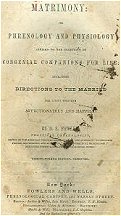

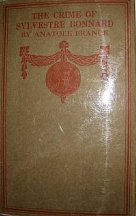

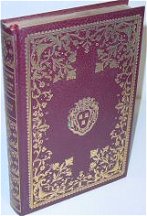
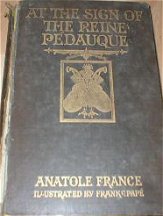
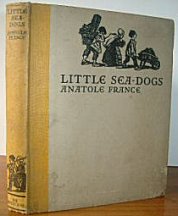
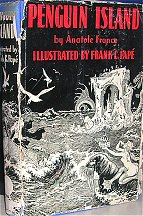
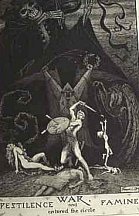
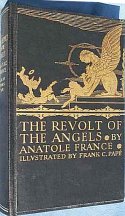
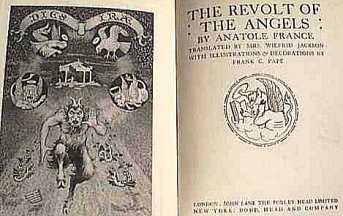
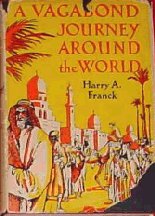
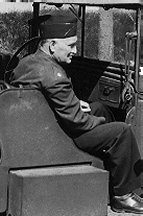

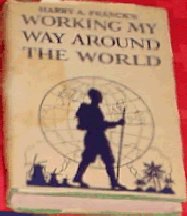
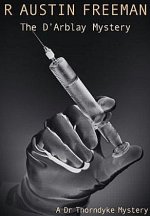
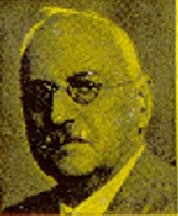 Richard
Austin Freeman was born on April 11, 1862, in London, England and died
September 28 (or 30), 1943, in Gravesend, Kent, England. A physician, educator,
and author, Freeman began his medical training at Middlesex Hospital at
the age of eighteen. He joined a medical expedition to Ashanti and Bontuku
in 1889, in which he served as physician, navigator and naturalist. Nine
years later he published his expedition experiences in Travels and Life
in Ashanti and Jaman (1898). Freeman created for his mystery novels Dr.
John Evelyn Thorndyke, a character whose work epitomized the use of scientific
methods to solve crimes. Thorndyke was introduced in The Red Thumb Mark
(1907). Freeman's scientific knowledge was reflected in his work, and especially
in The Mystery of Angelica Frood (1924), and The Shadow of the Wolf (1925).
In his stories he gives primary emphasis in the means of detection rather
than the discovery of the criminal. He reveals the criminal before presenting
the detective's investigation and solution (inverted stories). Among his
works are his first novel Golden Pool (1905), John Thorndyke's Cases (1909),
The Mystery of 31 New Inn (1912), The Penrose Mystery (1936), Mr. Polton
Explains (1940), etc. He also published the biological-sociological study
Social Decay and Regeneration (1921).
Richard
Austin Freeman was born on April 11, 1862, in London, England and died
September 28 (or 30), 1943, in Gravesend, Kent, England. A physician, educator,
and author, Freeman began his medical training at Middlesex Hospital at
the age of eighteen. He joined a medical expedition to Ashanti and Bontuku
in 1889, in which he served as physician, navigator and naturalist. Nine
years later he published his expedition experiences in Travels and Life
in Ashanti and Jaman (1898). Freeman created for his mystery novels Dr.
John Evelyn Thorndyke, a character whose work epitomized the use of scientific
methods to solve crimes. Thorndyke was introduced in The Red Thumb Mark
(1907). Freeman's scientific knowledge was reflected in his work, and especially
in The Mystery of Angelica Frood (1924), and The Shadow of the Wolf (1925).
In his stories he gives primary emphasis in the means of detection rather
than the discovery of the criminal. He reveals the criminal before presenting
the detective's investigation and solution (inverted stories). Among his
works are his first novel Golden Pool (1905), John Thorndyke's Cases (1909),
The Mystery of 31 New Inn (1912), The Penrose Mystery (1936), Mr. Polton
Explains (1940), etc. He also published the biological-sociological study
Social Decay and Regeneration (1921).
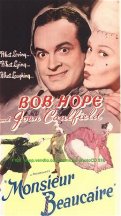
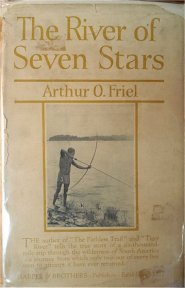
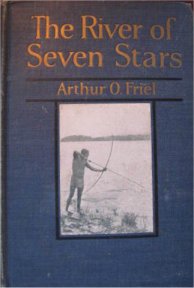
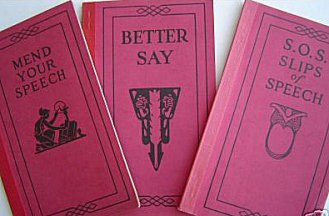
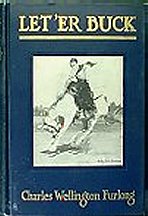
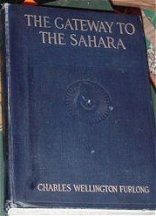
 Charles
Wellington Furlong was the first American and the second white man
to explore the interior of Tierra del Fuego. In 1907-08, when Furlong made
his first expedition in Patagonia and Tierra del Fuego, he lived among
the primitive tribes of Onas and Yahgans, the southernmost people of the
world. These tribes have long since disintegrated and the Indians are now
almost extinct; but Furlong observed much of their way of life, and in
this collection he has left a record that can be found nowhere else. Material
here about the Fuegian tribes includes phonograph records of speech and
song, dermatoglyphs (handprints and footprints), notes, published works,
correspondence, and hundreds of photographs, including negatives and lantern
slides, which describe in detail the Indians and their society. The artifacts
he collected can be found in many American museums.
Charles
Wellington Furlong was the first American and the second white man
to explore the interior of Tierra del Fuego. In 1907-08, when Furlong made
his first expedition in Patagonia and Tierra del Fuego, he lived among
the primitive tribes of Onas and Yahgans, the southernmost people of the
world. These tribes have long since disintegrated and the Indians are now
almost extinct; but Furlong observed much of their way of life, and in
this collection he has left a record that can be found nowhere else. Material
here about the Fuegian tribes includes phonograph records of speech and
song, dermatoglyphs (handprints and footprints), notes, published works,
correspondence, and hundreds of photographs, including negatives and lantern
slides, which describe in detail the Indians and their society. The artifacts
he collected can be found in many American museums.








